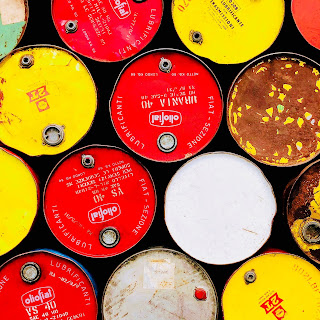EID: Fatal Flaws in Recent Study Suggesting That Fracking Will Contaminate Groundwater Within a Few Years
Don Siegel, PhD
Professor of Hydrogeology, Syracuse University
Adjunct Professor, SUNY Departments of Civil & Environmental Engineering & Forest Engineering.
Last month, the journal of the National Ground Water Association published a paper by an environmental consultant in Nevada in which the proposition is put forth that the vertical transport of contaminants from the Marcellus Shale formation of southern New York to potable, near-surface aquifers is not only plausible, but likely – brought to us in as few as “three years,” he argues, and all because of hydraulic fracturing.
It’s an explosive thesis, to be sure – but one that’s also fatally flawed; very good news for those of us who actually live here in upstate New York. Predictably, and perhaps as designed, the paper generated a great deal of attention in the press after ProPublica first reported its conclusions on May 1. But as I attempt to explain below, the physical realities governing the hydrodynamic flow of fluids underground can’t be as Dr. Tom Myers, the report’s author, suggests. I say this as someone who has studied the specific hydrogeology of New York for over 30 years. I found a number of fundamental errors in Myers’s model when I gave it a first, cursory review. Some of the most obvious:
Problem 1: Mistaken Assumptions on Rocks Above Marcellus Shale
Among the most significant errors made by Myers was his assuming most of the deep rocks overlying the Marcellus Shale do not consist of dry, dense shale. As explained in E&E News (subs. req’d) earlier this month by my colleague Terry Engelder, that’s just not true; most of the rock above the Marcellus consists of shale. And since shale can’t pass much water, particularly if it is dry and solid, Myers’ computer model cannot calculate proper water flow conditions.
As Engelder explained, instead of being predominantly sandstone, as in Myers’ model, the overburden contains 90 percent shale and only 10 percent sandstone. If the sandstone were replaced by shale within Myers’ model, the time frame required for water movement to shallow aquifers thousands of feet above the Marcellus would increase to 100,000 years, similar in time to what I found two decades ago when I did my own computer model of deep ground water flow in southwestern NY and northwestern PA.
Because the shale is dense, dry, non-porous rock, companies need to fracture it to begin with; otherwise, there is no way to get the gas out. Myers also fails to recognize that the brine produced from the Marcellus comes from immediately overlying brine-filled aquifers (also a mile or more deep) into which some of the induced fractures penetrate. This fact is clear from micro-seismicity studies and even more so from the ratios of dissolved elements such as chloride and bromide in the produced fluids. But, there is no local communication of these dense salty water to the surface, because of thick intervening dense and dry rock.
Read the rest of the article here.
Connect with us on Facebook and Twitter!
Follow @EnergyNewsBlog



